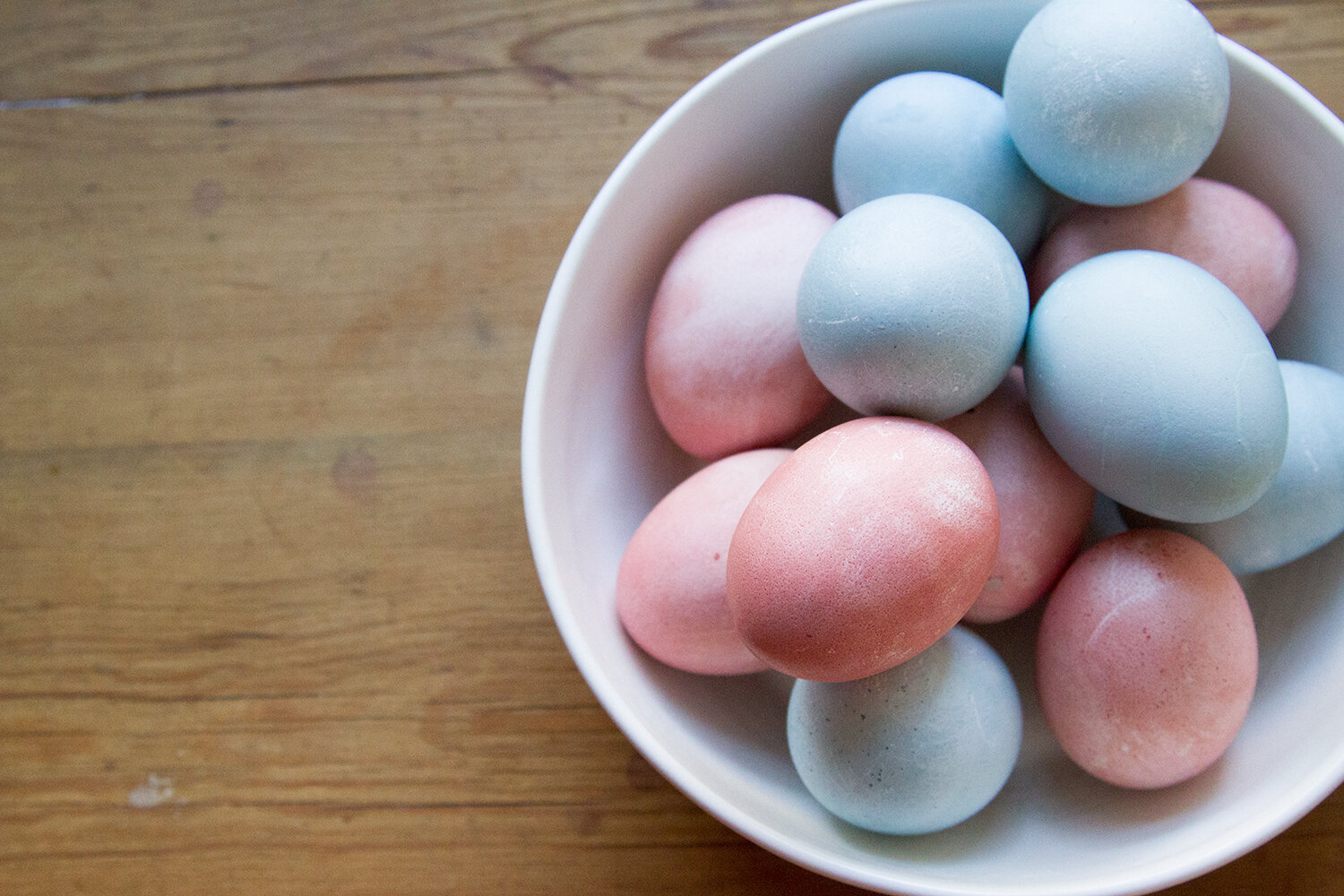
I’m not usually one to care much about what color Pantone decrees to be color of the year. But when they announced the double whammy favorites of rose quartz and a pale periwinkle blue they’ve dubbed serenity, well, they made my head turn.
To celebrate the season of eggs and make at least a cursory nod to the rest of the design world, I thought I’d make a dozen eggs in those favored Pantone shades using humble vegetables to create the shades: beets for the rose quartz and red cabbage for the serenity.
Happily, making natural Easter egg dye doesn’t take much more skill than being able to chop up some colorful veg and boil it in water. When opting toward subtle pastel colors like these ones, the process is especially quick.
Here are my basic notes, in case you’d like to make a dozen of your own.
+ To make one cup of dye, you’ll need approximately one cup of chopped vegetable and one cup of water.
+ I find two cups of dye works well for 6 or so eggs, so I made two batches—one for each color—each with two cups of water and two cups of vegetable. (I mostly eyeballed my vegetable measurements. For reference: 1/4 large red cabbage yielded me ~two cups of chopped cabbage. One whole beet plus the peelings and scraps from two beets I used for dinner earlier in the week yielded ~two cups of beets.)
+ In this ratio of two cups vegetable matter to two cups water, bring your vegetable-filled water to boil and then simmer, covered, for ~15 minutes. The water should be richly colored by the time you’re done simmering.
+ Strain the dye from the sodden vegetables and allow time for it to cool. (I strained mine into mason jars and popped the jars onto the window ledge to speed up the cooling process.)
+ Once cooled, stir in a tablespoon of white vinegar to help the dye set.
+ Submerge hard-boiled eggs into your dye mixture. I found that six eggs perfectly displace two cups of dye in a quart-sized mason jar.
+ You’ll note that I used white eggs here to achieve the light shades that I was after; brown eggs work too, but the pink will be more maroon and the blue a shade or two muddier.
+ To achieve the pasted-colored eggs you see here, I submerged my beet-colored eggs for only ten minutes. I allowed my cabbage-colored eggs to sit for ~three hours. Once they’d reached a color I like, I removed each egg from the dye and dried it off with a bit of cotton rag. (If you’d likely deeply colored eggs, you’ll need to leave your eggs submerged over night. But the wait is worth is: you’ll get a deep red and cobalt (see also!)!
+ I love the dusty natural look of eggs without a sheen, but if you want to shine ’em up, a little rub with vegetable oil will give your eggs a glossy shine!
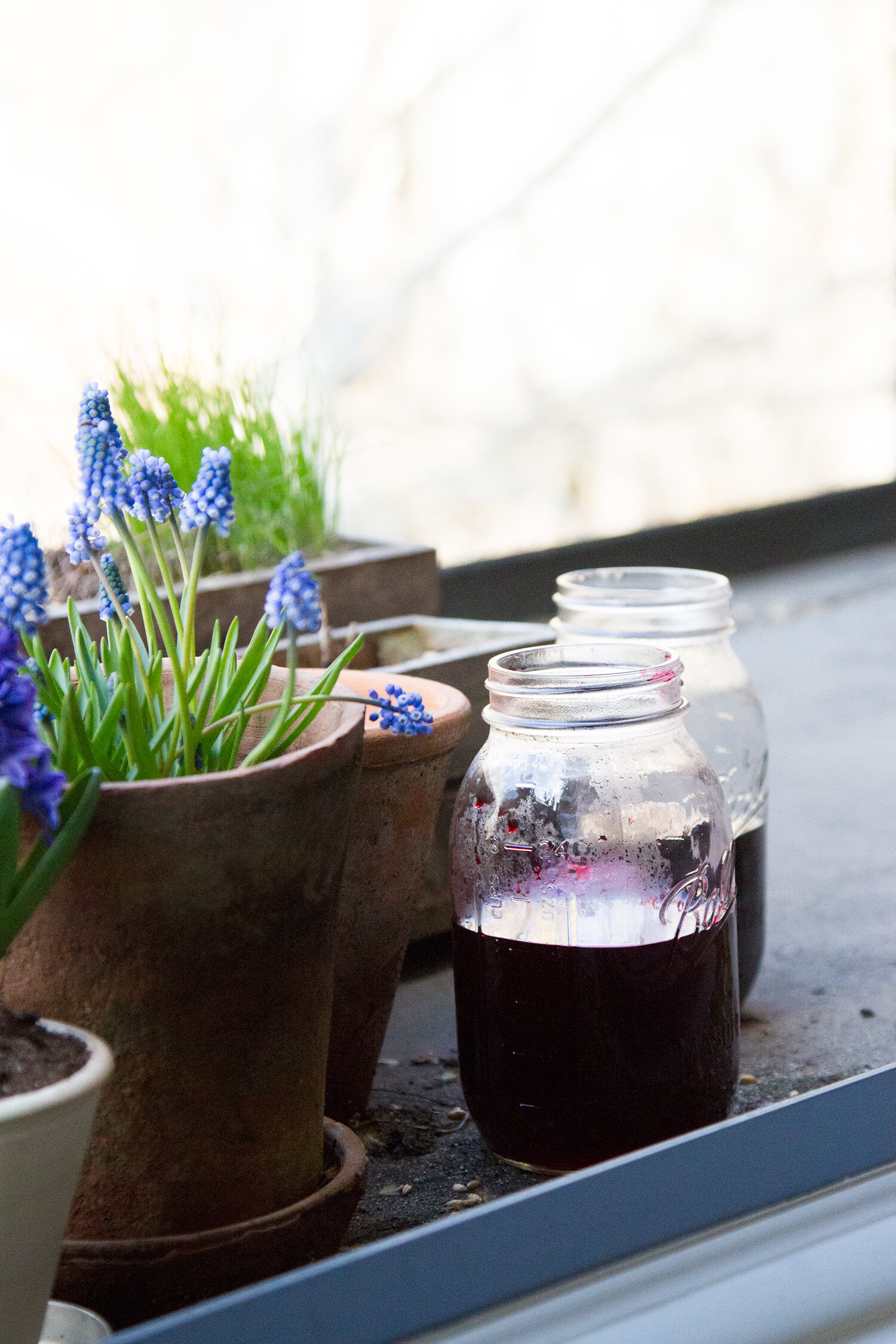
Dyes, cooling on the ledge.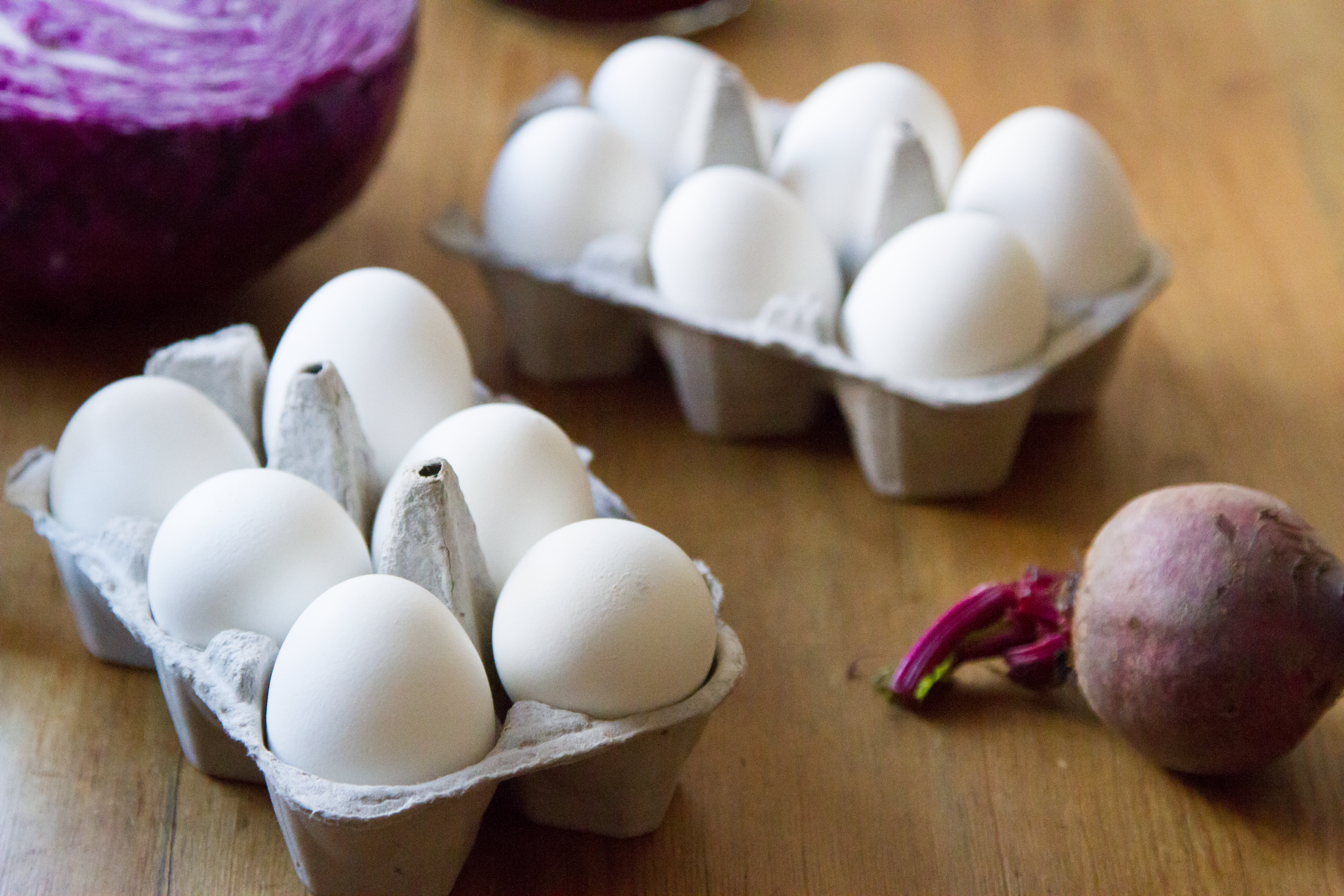
Hard-boiled eggs waiting to go into their dye baths.
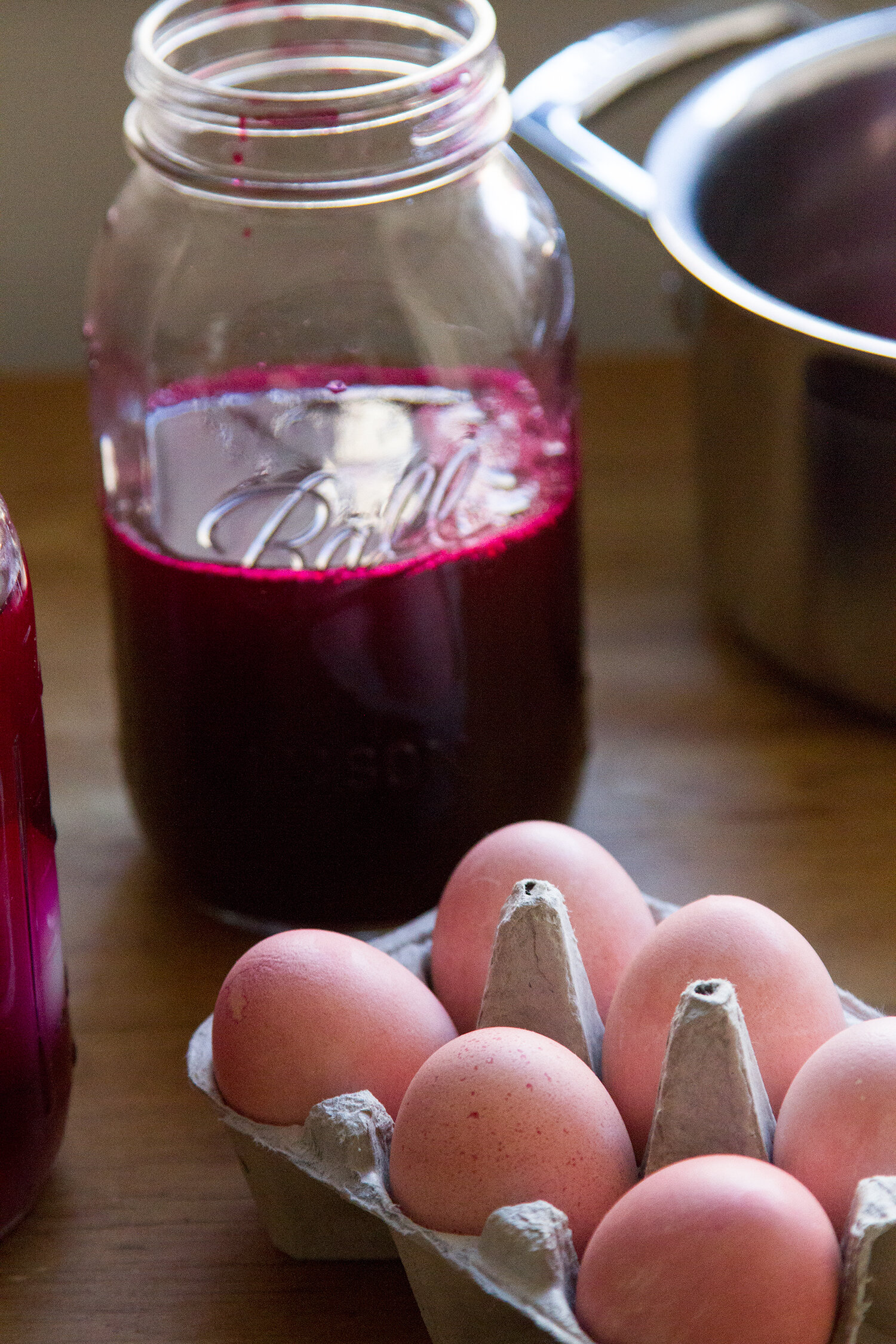
My pink eggs were a dusty rose after just ten minutes in the beet dye.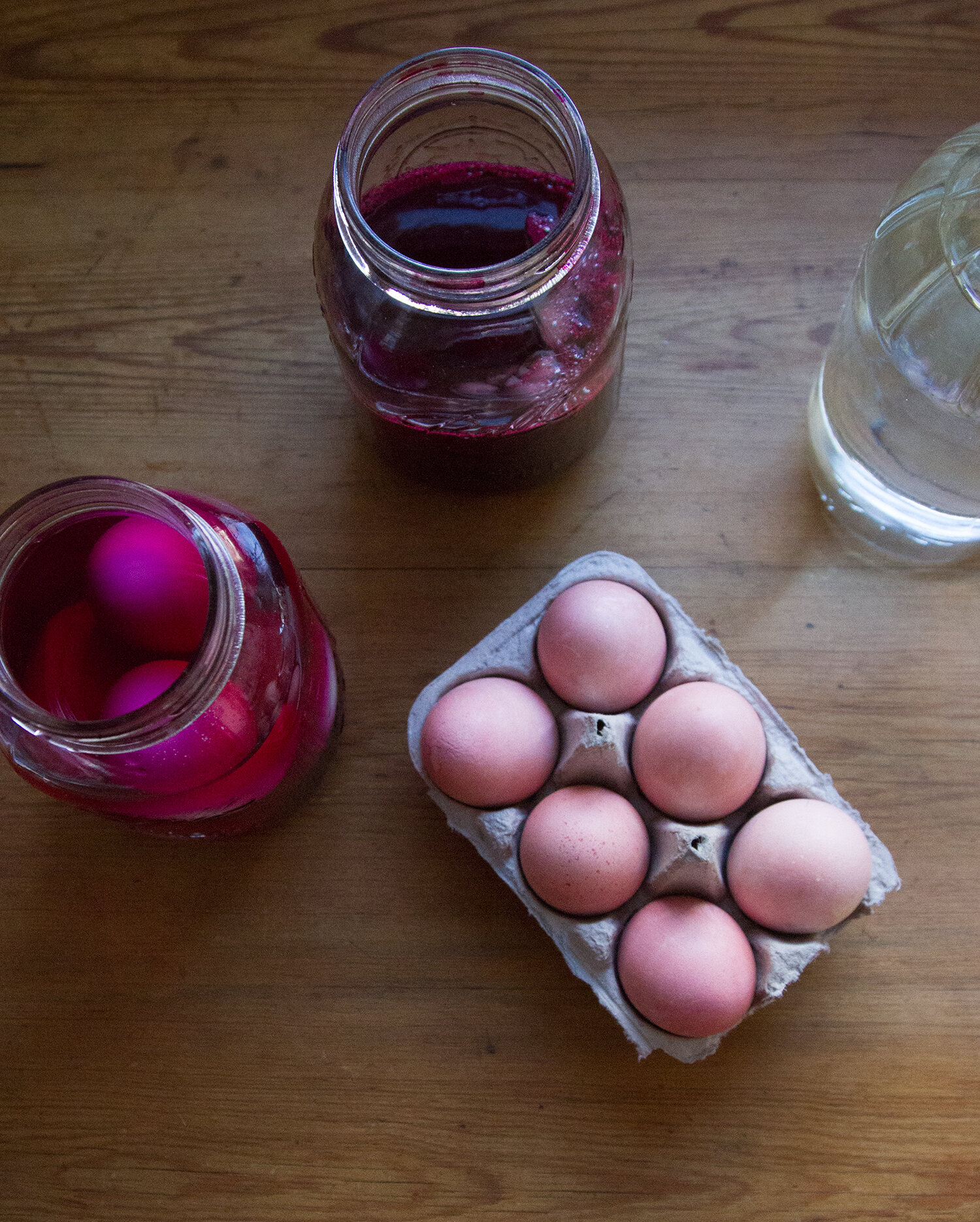
To achieve the light blue that I wanted, I allowed my eggs to sit in the red cabbage dye for a long time after I’d taken out my pinks! The blues stayed in the fridge for approximately three hours. (Don’t be shy about checking on your eggs to get the color that you’re hoping for.)
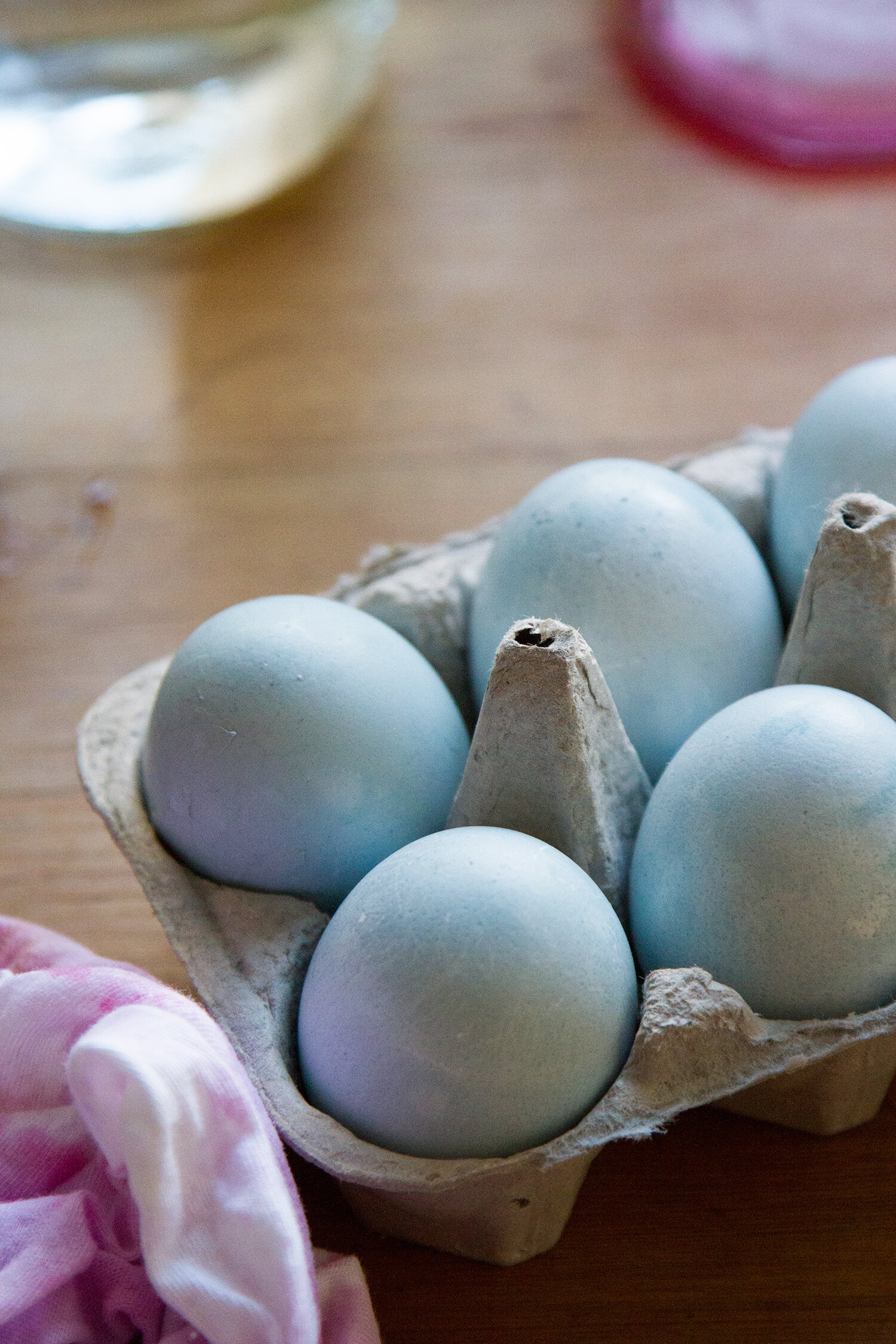
Pale blue eggs, dried.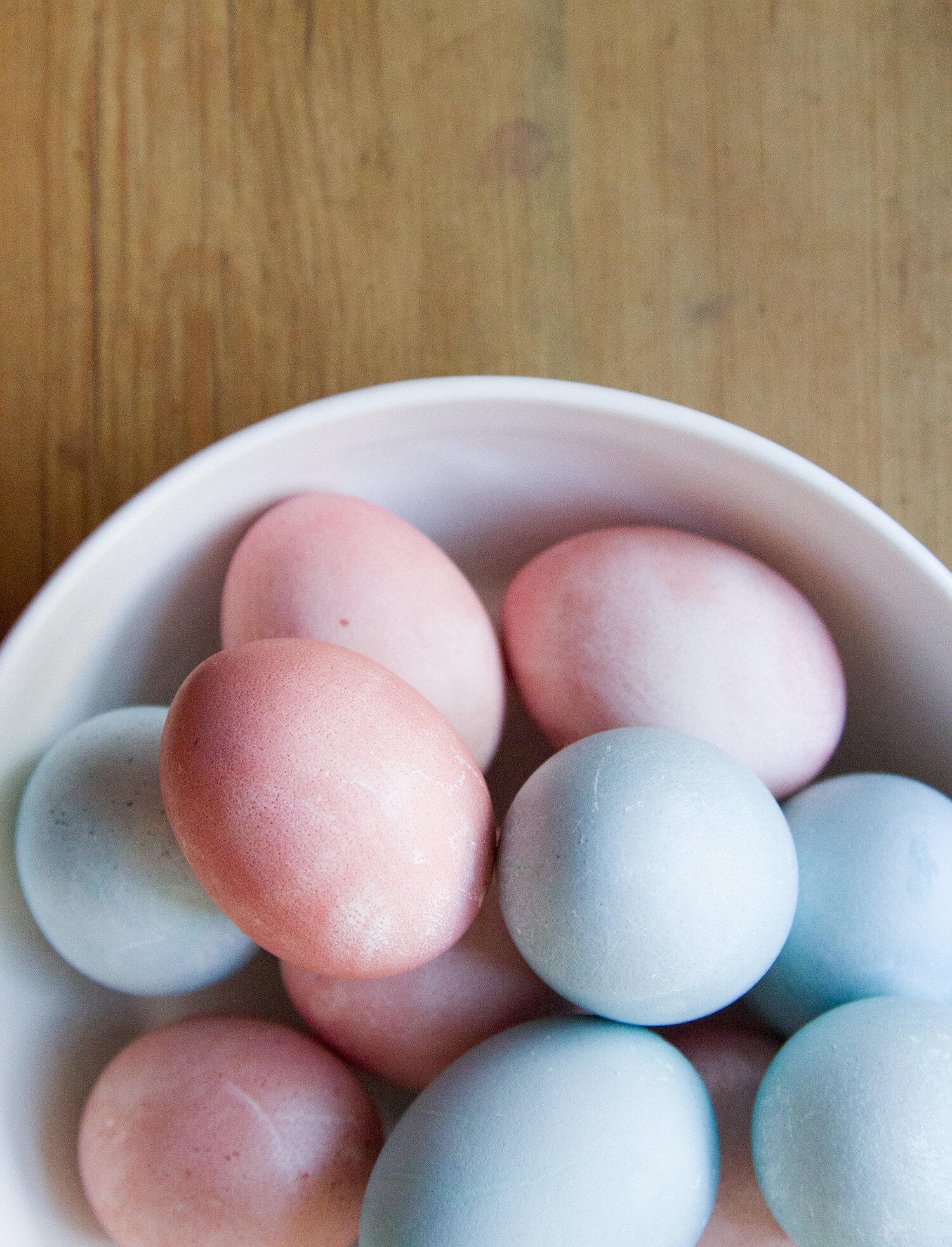
The end results were exactly the subtle shades I’d hoped for.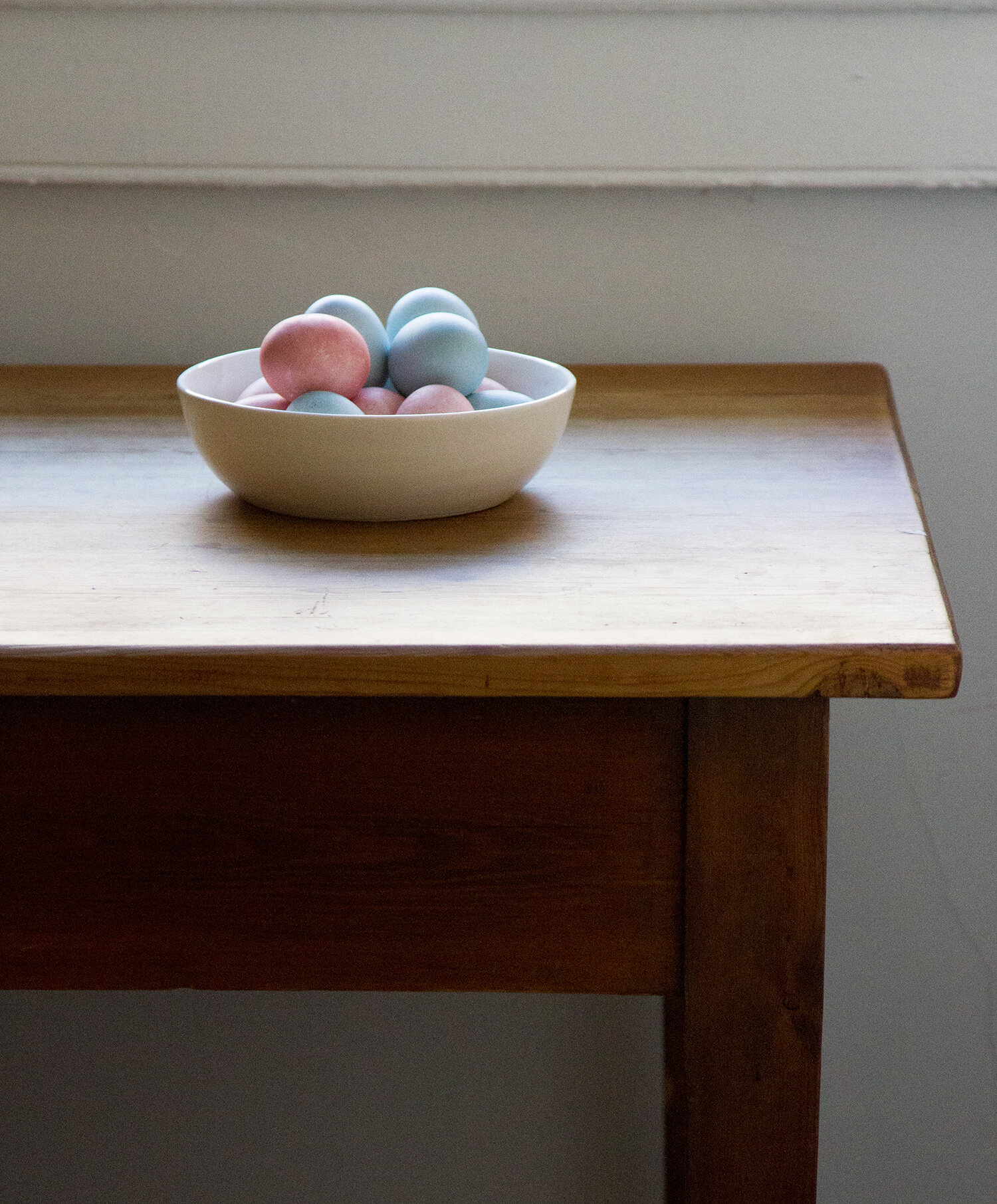
What about you guys? Onion skin-dyers out there? Turmeric? Other egg dying traditions I should know about?

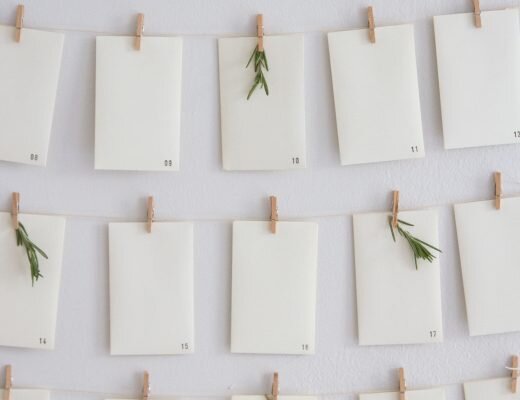
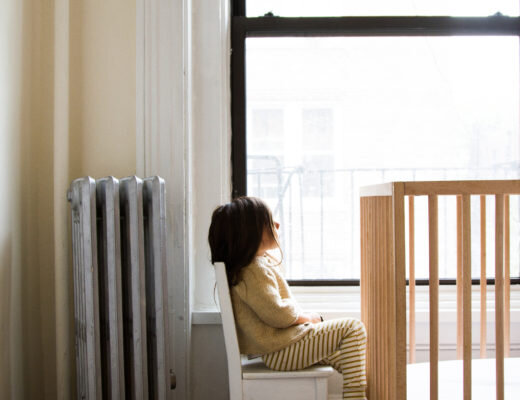
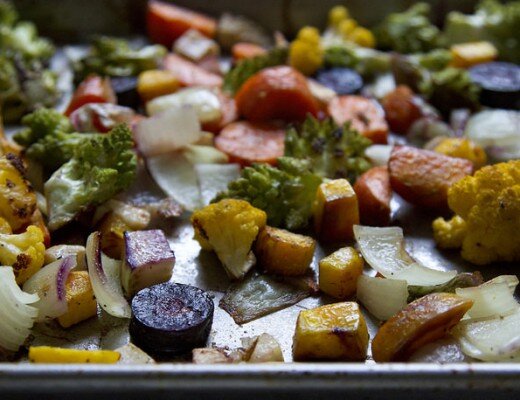
26 Comments
Ohh, lovely, beautiful, natural <3
So pretty and subtle.
Two posts in one day? You know how to make my Wednesday!
E
Turmeric is a jerk that will turn your favorite spoon yellow.
THAT IS ALL.
Oh, poor bébé! Definitely goldenrod!!!
It will also give your white spots lovely yellow polka dots if you’re not careful. Beware of tumeric!
White shirts* gah
(Goldenrod? Let us call it goldenrod.)
One of my friends used canned blueberry pie filling to dye her eggs one year! They were so pretty. (But not zero waste, obviously.)
These are beautiful! I wasn’t planning to make Easter eggs this year since we domt celenrate the holiday, but now I’m feeling inspired to make those lovely blue eggs. Thank you for sharing!
Perhaps a silly question, but if you keep them in the fridge during the dye session, are they edible after? Would hate to waste such lovely eggs!
oh, of course! made ’em for eating!
we usually got our eggs from farmers with a certain kind of chicken, and they CAME in blue, green, and pink, naturally! one of those things you take to show and tell and none of the other kids believe you. 🙂
love that! our neighbors growing up raised chickens with similarly vibrant eggs. best kind of colored eggs there are!
Beautiful! I love the way that purple cabbage and onions dye out blue!
We used to do this the Danish way… Stuff each egg in an old nylon stocking…tie shut on each side…but not before placing pretty little leaves to make green impressions. Then boil the stocking-ed eggs in a pot with onion skins and they’ll come out little works of art.
Yes! Love that! I did it with cabbage two years ago! https://readingmytealeaves.com/2013/03/natural-easter-eggs-botanical-blueprints.html
These are so pretty! Unlike other years, and like you, these colors of the year made my heart sing!
Our eggs are already those colors! This year I went the tattoo route. Bought some awesome ones from Tattly.com to decorate our already colored eggs with 🙂 Looking forward to the ease of this this year!
So great! I’m familiar with blue eggs, but I’m not sure I’ve ever seen pink!
Ugh they are beautiful but the process sounds a little tedious. I’ll just boil my eggs in turmeric water and some with my beet scraps, just regular 7min boiling time, and I’ll be happy with whatever result I get. Maybe I’ll even do the stockings and leaves thing, but that will be it. Happy easter everyone!
Your method sounds great! (But fair warning: the stockings are *much* more tedious than just plunking the eggs in the veggie dye!)
Hi, I have just stumbled across your site and its beautiful. I love the zero waste movement. Since obviously you are interested in protecting the environment you might know about the environmental impact of animal agriculture. It produces tons of waste and pollutes our oceans (See for example the movie Cowspiracy). So please consider using less animal products or at least don’t promote animal products on the internet even if they are part of our tradition and our culture. They don’t have to be. All the best, Sophie
Hi there, thanks! Yes: very much aware! We do our part in our family by very much limiting our consumption of animal products. While we do eat responsibly produced eggs and cow’s milk, we don’t eat animal meat! Very much in agreement that more conscious consumption on the part of everyone would go a long way toward a cleaner planet!
I tried turmeric, and the results were outstanding. It made a very powerful dye. My finger nails are still yellow (and it stained a spoon or two), but it was worth it for the very pretty, bright yellow results. Blueberries produced a gorgeous deep navy once we left the eggs to soak for a few hours (2 maybe?). I also found that my red cabbage didn’t really work as a dye until I added a little baking soda. Thanks for the inspiration!
So glad! Interesting about the baking soda! I’ve never needed that to make my red cabbage work, but to get a deep dark blue, the eggs definitely need to sit overnight!
Comments are moderated.